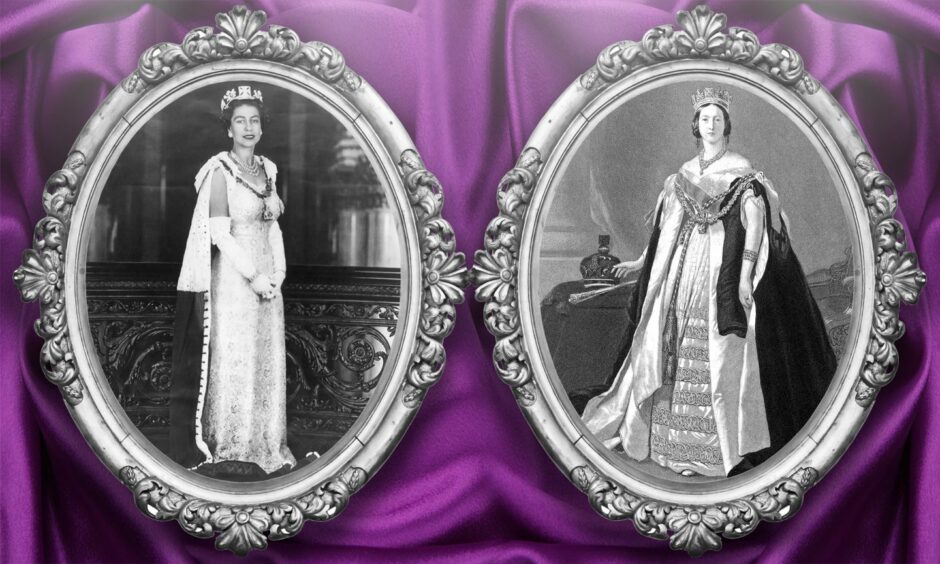
“It runs in the family, it’s in the blood”, families say when discussing the attributes of one generation against another.
“S/he gets that from their father/mother/ grandparents/uncle/aunt,” they’ll say, whether it’s the shape of the nose, the colour of the eyes or the temperament.
If it is all in the blood, then the similarities between our late Queen and her great-great-grandmother Queen Victoria are remarkable.
Both were small ladies, but this isn’t about physical comparisons.
Contemporary accounts of Queen Victoria on her death in 1901 bear striking similarities to the way in which Queen Elizabeth has been praised on her passing.
The language used 121 years ago is slightly archaic, but the meaning is the same, when the Ross-shire Journal of January 25 said: “To have worn the white flower of blameless light in the fierce light that beats upon a Throne is an achievement attained by few monarchs; but not only has Her Majesty done this, she has in a vast number of ways shewn that her people’s sorrows and trials were her own.
“She has given evidence that she regarded her supreme position in the land as one she was filling not for her own pleasure but for the good and comfort of her subjects.”
Queen Victoria was the daughter of the Duke of Kent, brother of King William IV, and brought up strictly by her mother, the Duke having died some 18 months after her birth.
“She was possessed even in childhood of singular self-control and prudence,” the paper reported.
While Queen Elizabeth’s childhood was a happy one with both parents present, history reveals this description could also have been applied to her.
Our Queen was 25 when she ascended the throne; Queen Victoria was 18.
Queen Elizabeth heard the news of her father’s death in Africa; for Victoria it was a different matter in the small hours of June 20 1837.

A contingent including the Archbishop of Canterbury and the Lord Chamberlain left Windsor at 2am for Kensington Palace, arriving at about 5am.
They knocked, rang and thumped the door for some time before they could rouse the porter at the gate, then were kept waiting in the courtyard before being turned into one of the lower rooms and apparently being forgotten.
When they finally managed to arouse one of Princess Victoria’s servants, requesting an audience on business of importance, they were told she was in such a sweet sleep they didn’t want to disturb her.
‘Business of State’
The penny must have dropped when they were told, ‘we are come to the Queen on business of State and even her sleep must give way to that’.
In a few minutes she appeared in a loose white nightgown and shawl, her nightcap thrown off and her hair falling upon her shoulders, her feet in slippers, but perfectly collected and dignified.
A few hours later the Privy Council was summoned to meet at Westminster and the new Queen took her seat on a throne erected for the occasion.
“Thus it was that the reign auspiciously opened, the Queen, by numerous acts of Royal courtesy and tact, winning the hearts of counsellors whose experience at such a period was invaluable to her.”
Massive changes at Court
She was credited for “creating of the court a model of purity and Christian influence for all the nations of Europe to take pattern by. The atmosphere during the reigns of the Georges and William IV has certainly not been suitable for fine or delicately-minded women, ” said the press.
It was a different age of course, but the image of Victoria’s integrity and great Christian faith resonates with our own late monarch.
Love matches
Like our Queen, Victoria was able to marry for love, which made her people “unfeignedly glad to know that it had not been necessary for the youthful sovereign to sacrifice her most precious instinct for their sakes”.
When the handsome Prince Albert of Saxe-Coburg came to England in October 1839, the Queen danced with him, gave him flowers and proposed to him, saying it would make her intensely happy if he would make the sacrifice of sharing her life with her, for she said she looked on it as a sacrifice.
No doubt there were similar conversations between Princess Elizabeth and Prince Philip leading up to their marriage in 1947.
Prince Philip was also a great-great-grandson of Queen Victoria.
Grief
Victoria’s acute grief after the death of Prince Albert is well known.
What she said at the time has echoes in the resilience and faith of our own Queen in the face of the tragedies and challenges in her own life: “All seems dead to me, but I will not shrink from duty. I have had God’s teaching and learnt to bear all He lays upon me.”
Like Queen Elizabeth, Victoria was known for her kindness and humility.
She sent money to help the widows of a terrible colliery incident which buried alive 250 men.
Unrecognised
Once she was found reading to a bedridden widow, unrecognised by a visiting clergyman.
She discreetly withdrew, saying: “I could not wish the invalid to lose the comfort a clergyman can afford.”
Despite her deep mourning after the loss of Albert, and even after losing two of her children, Princess Alice in 1878 and Prince Leopold in 1884, Victoria “readily performed duties which she thought would benefit her people.”
In 1887, Victoria’s Jubilee year—fifty years on the throne— she opened the People’s Palace in the East End of London and “by many other kindly deeds showed her hearty sympathy with the people.”
There were wild celebrations for her Diamond Jubilee ten years later in 1897, at that time an event unique in the history of the nation.
“From my heart, I thank my beloved people,” she said.
She carried on working, laying the foundation stone for the V&A museum on the eve of her 80th birthday.
By 1896 she had outdistanced every previous occupant of the British throne in the length of her reign—59 years.
She was also “spared also to live longer than any other monarch when on January 18th she achieved the distinction of having outlived her great ancestor George III who died at 81 years and 239 days,” the press reported.
Like Queen Elizabeth, Victoria enjoyed a simple domestic, rural life when she could.
“Her tastes were homely, almost rural,” it was reported.
“Perhaps much of her success as a sovereign was due to the motherly way in which she ruled.”
The intense interest shown by our Queen in livestock rearing and showing is well-known.
Her great-great-grandmother also used to take a strong interest in the rearing of stock.
“At all the larger agricultural shows she was represented year by year, inspecting the prime stock before it left for the show and taking a personal interest in the selection of beasts to be offered for sale.
“A former farm steward related that her Majesty showed quite an abnormal knowledge of the mysteries of farming and cattle raising,” the press reported.
Something which wouldn’t surprise anyone who had the privilege of meeting our late Queen in an agricultural setting.
You might enjoy:
It’s 100 years since Queen Mary opened the Rowett Institute as Aberdeen’s pioneering health centre


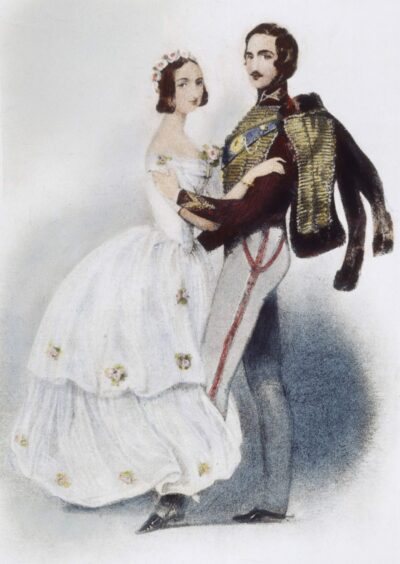

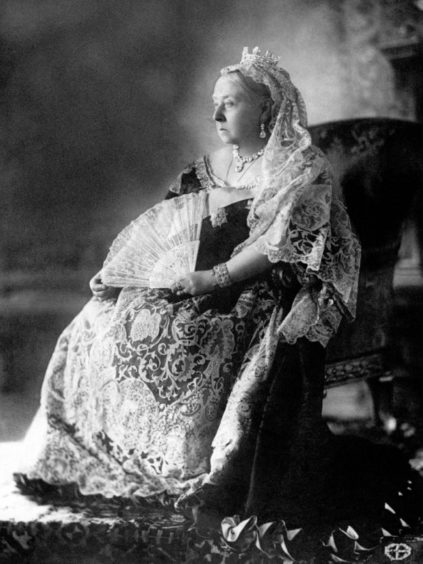
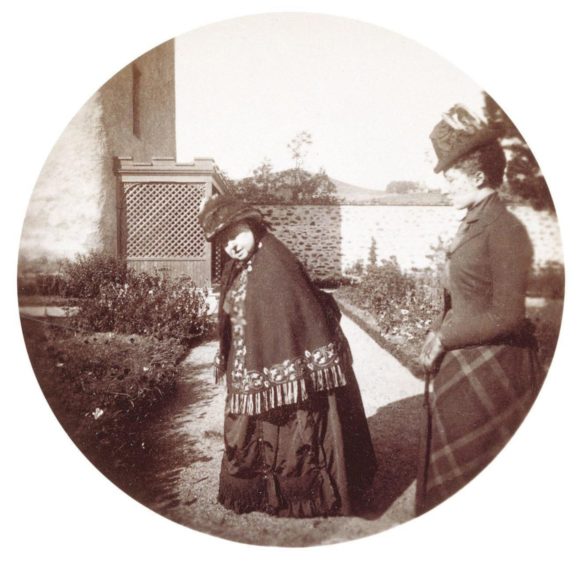
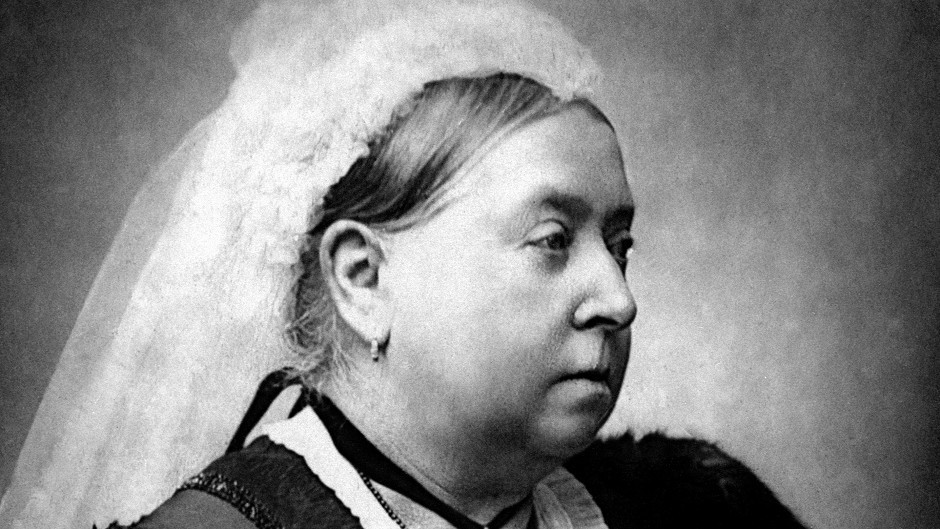
Conversation